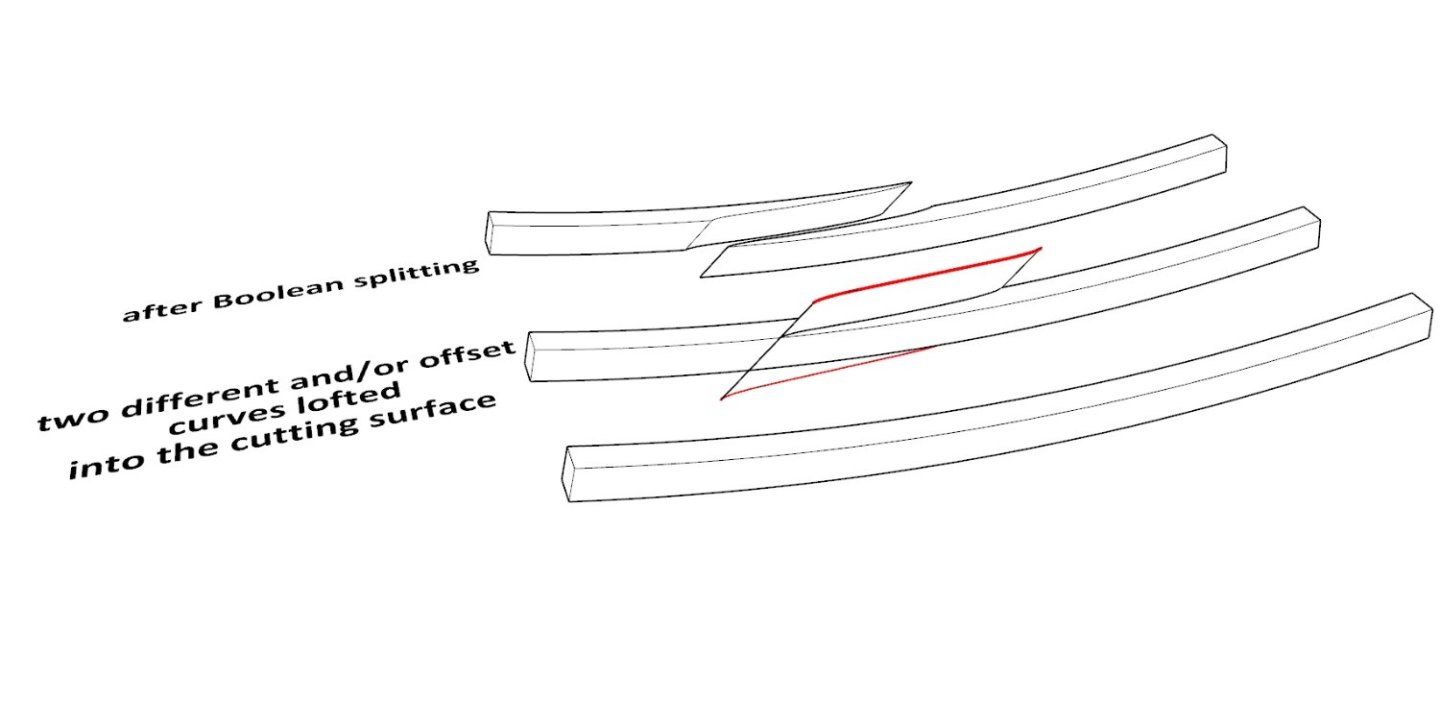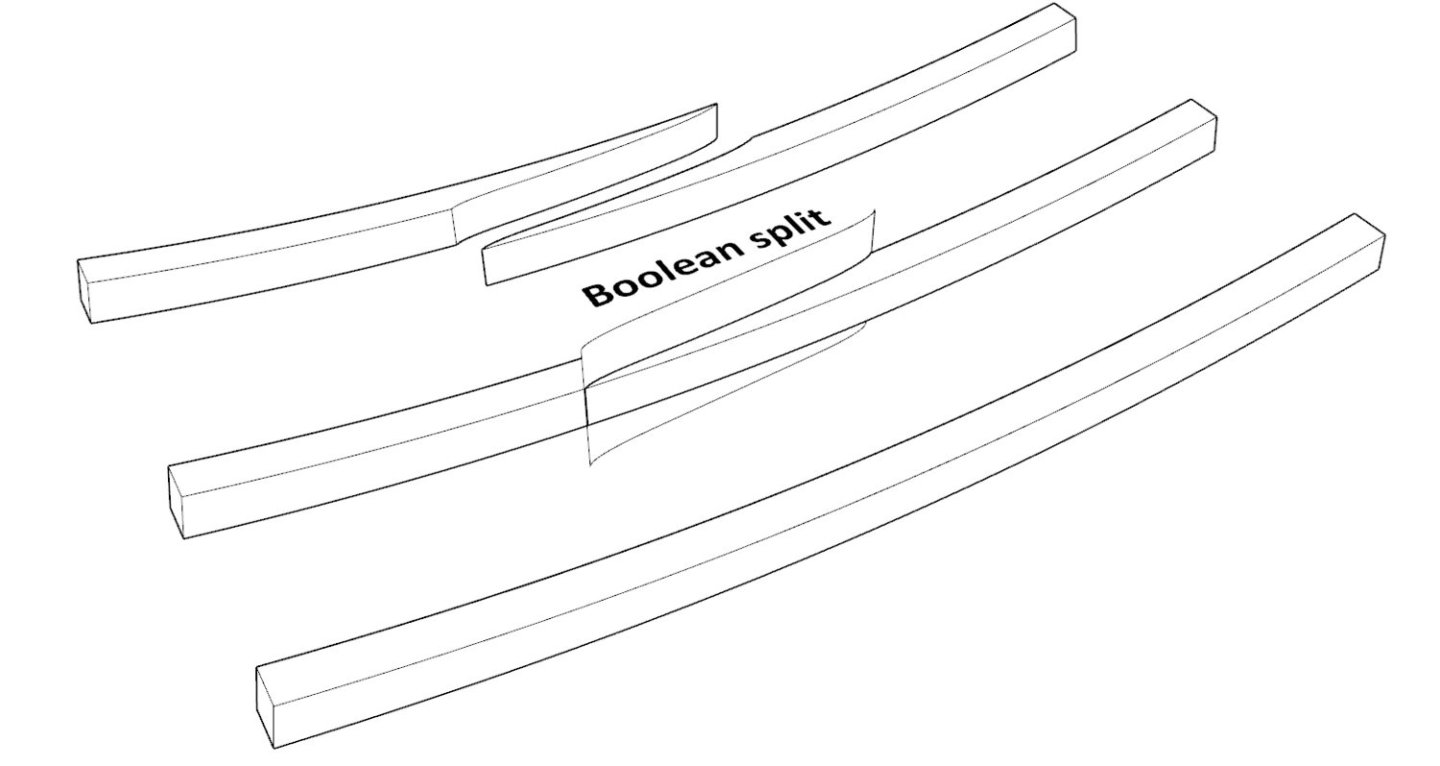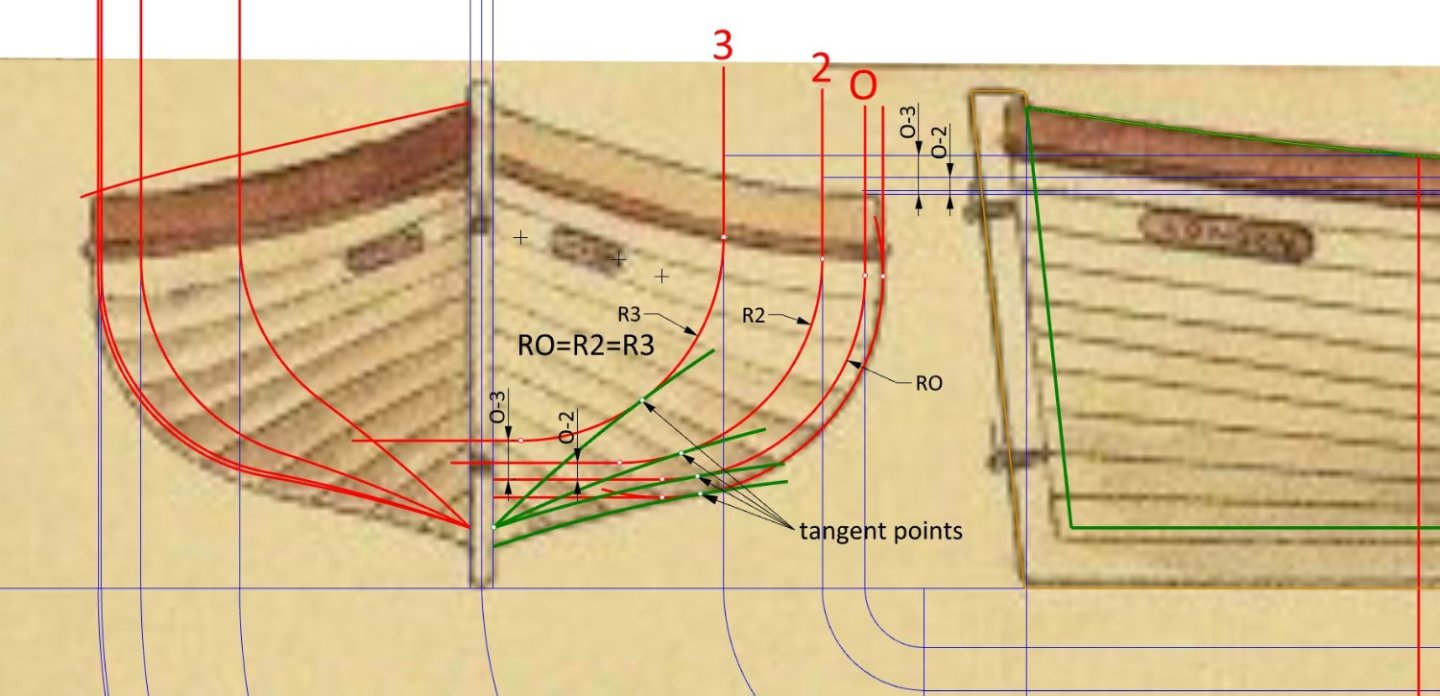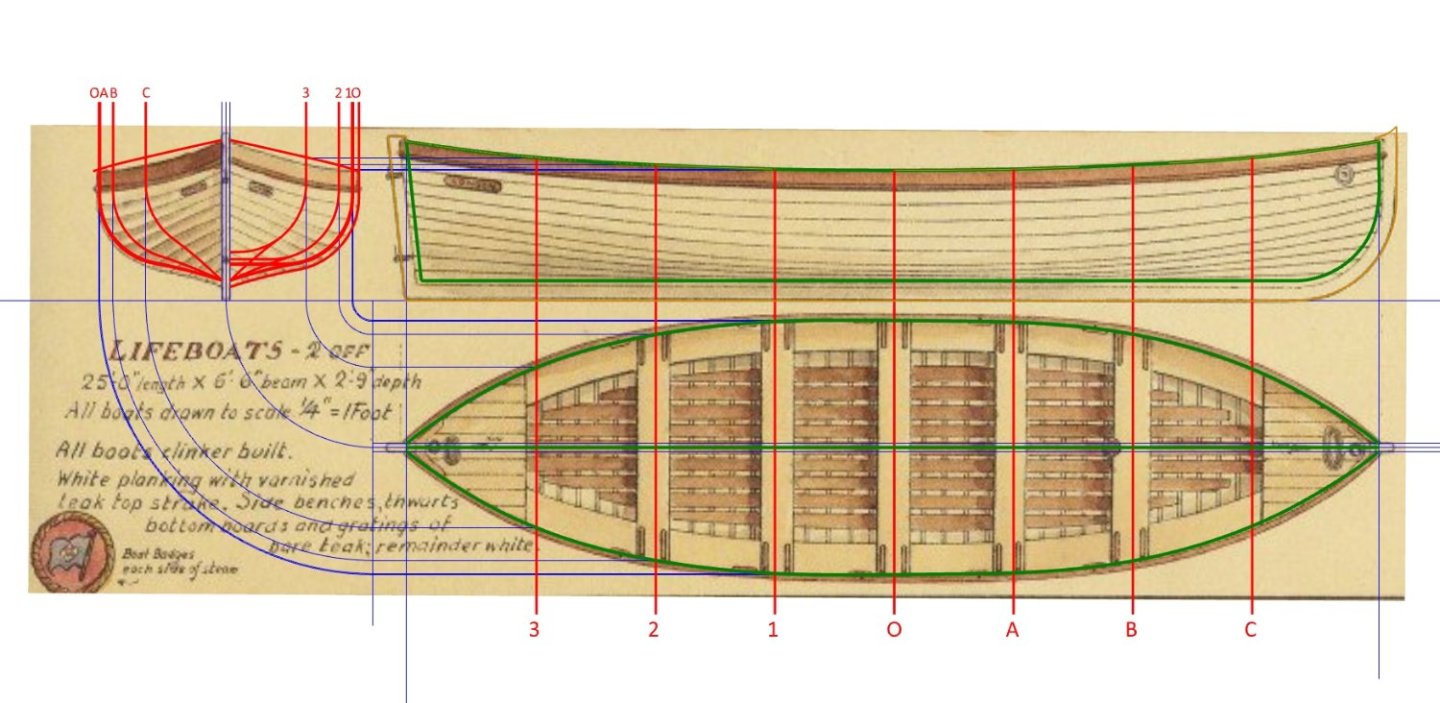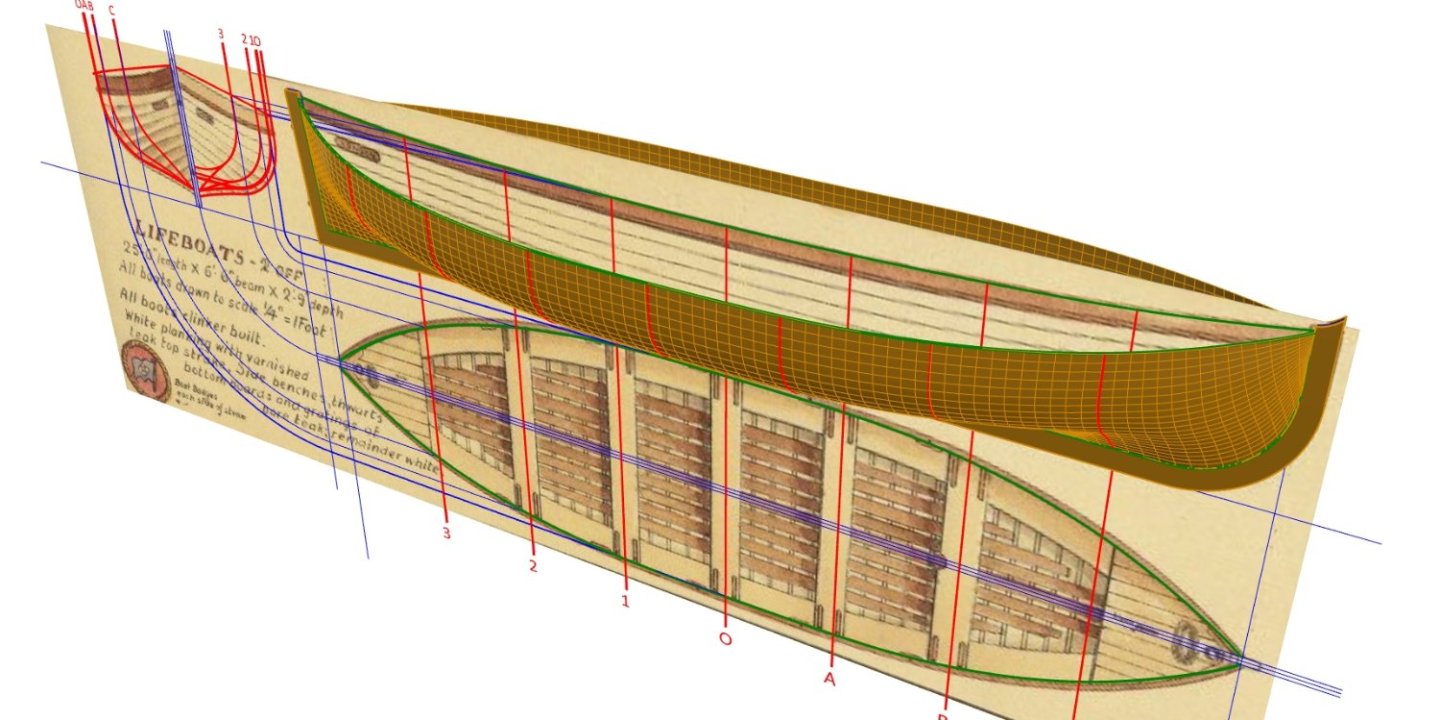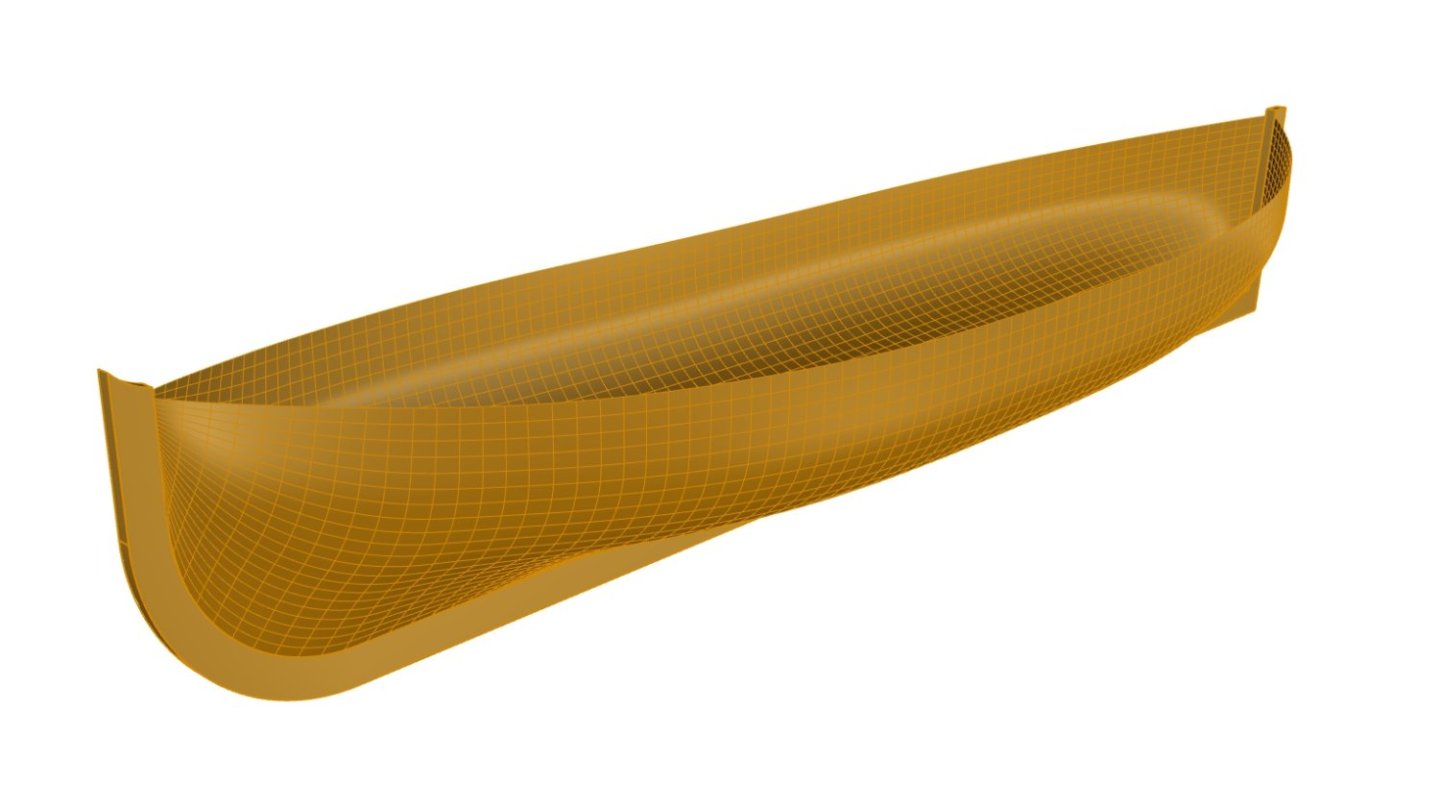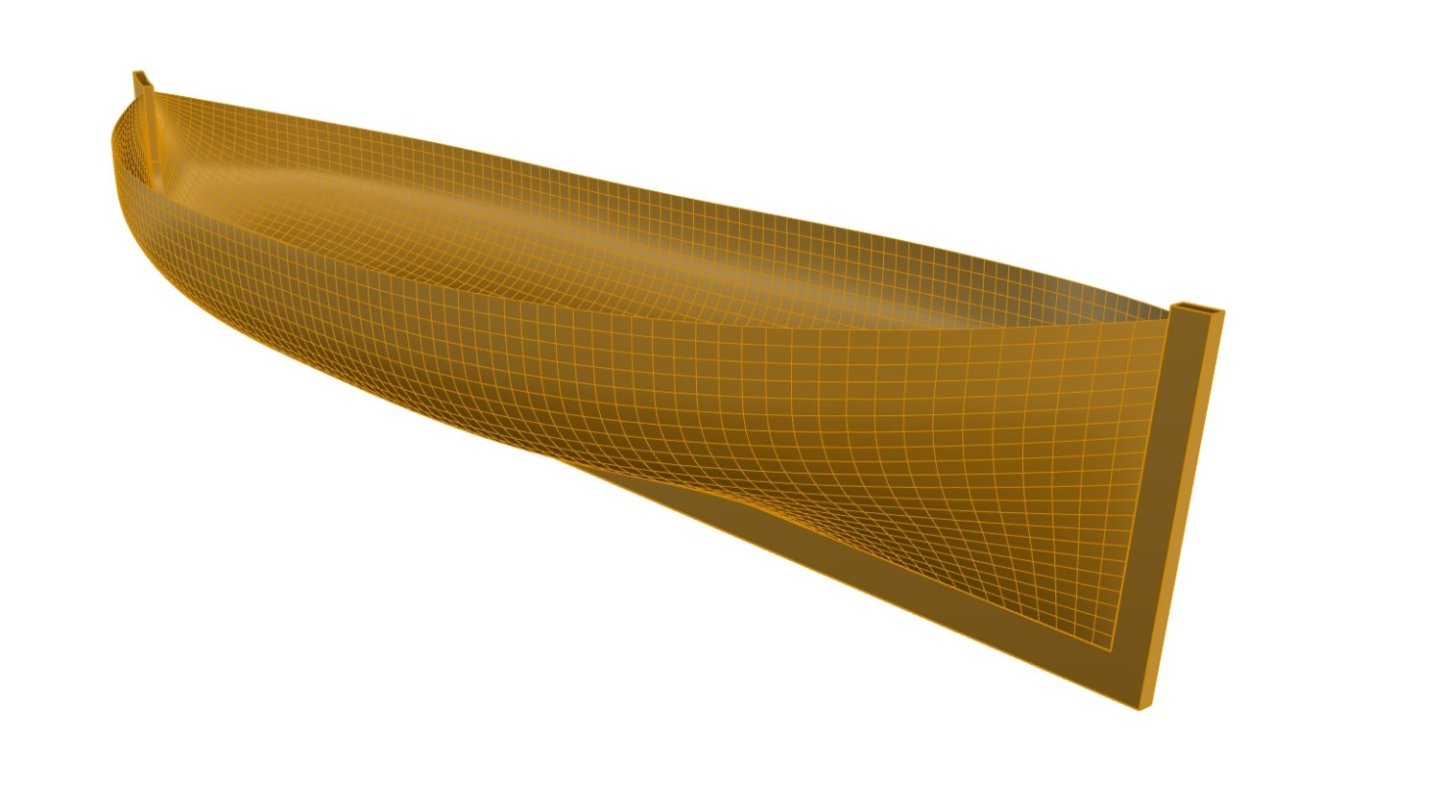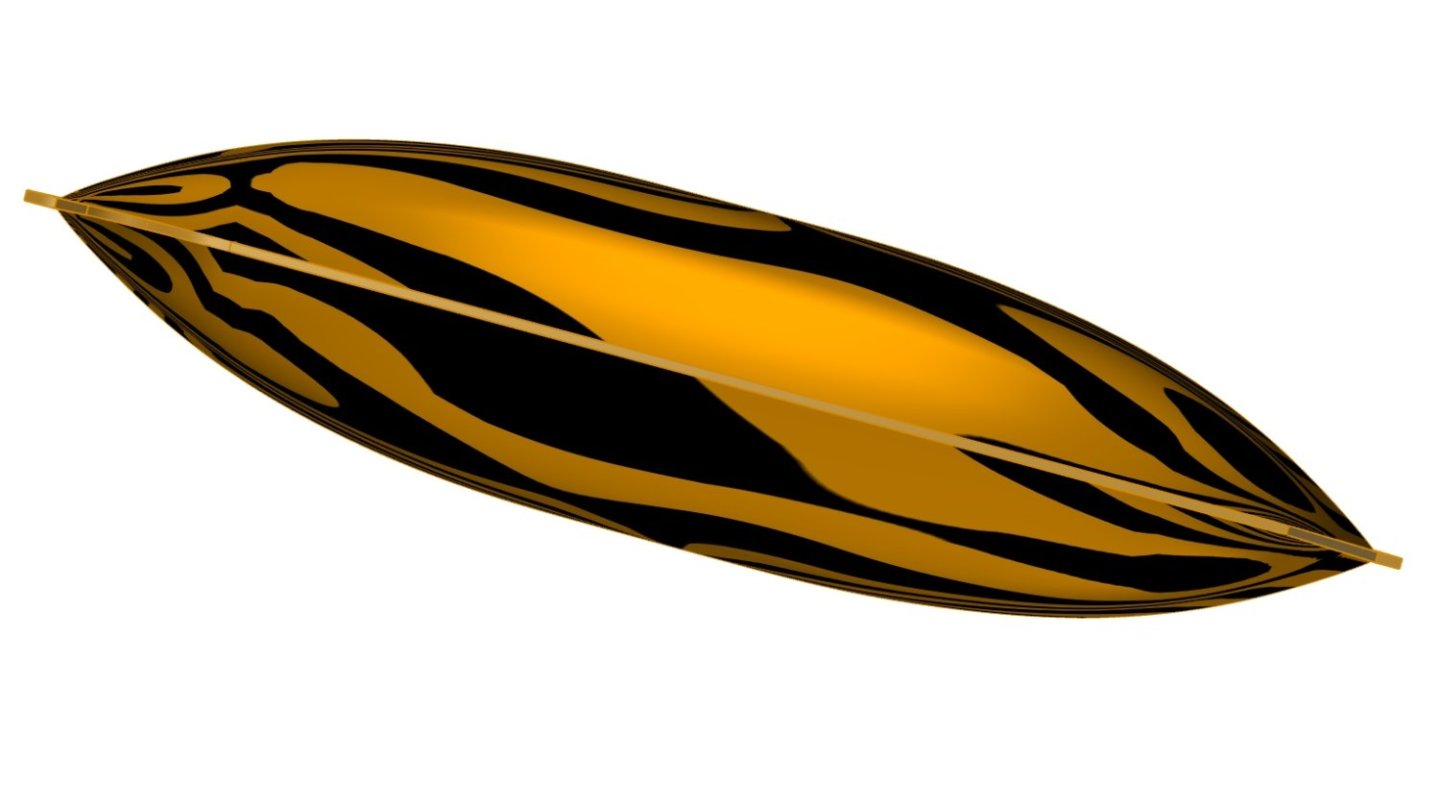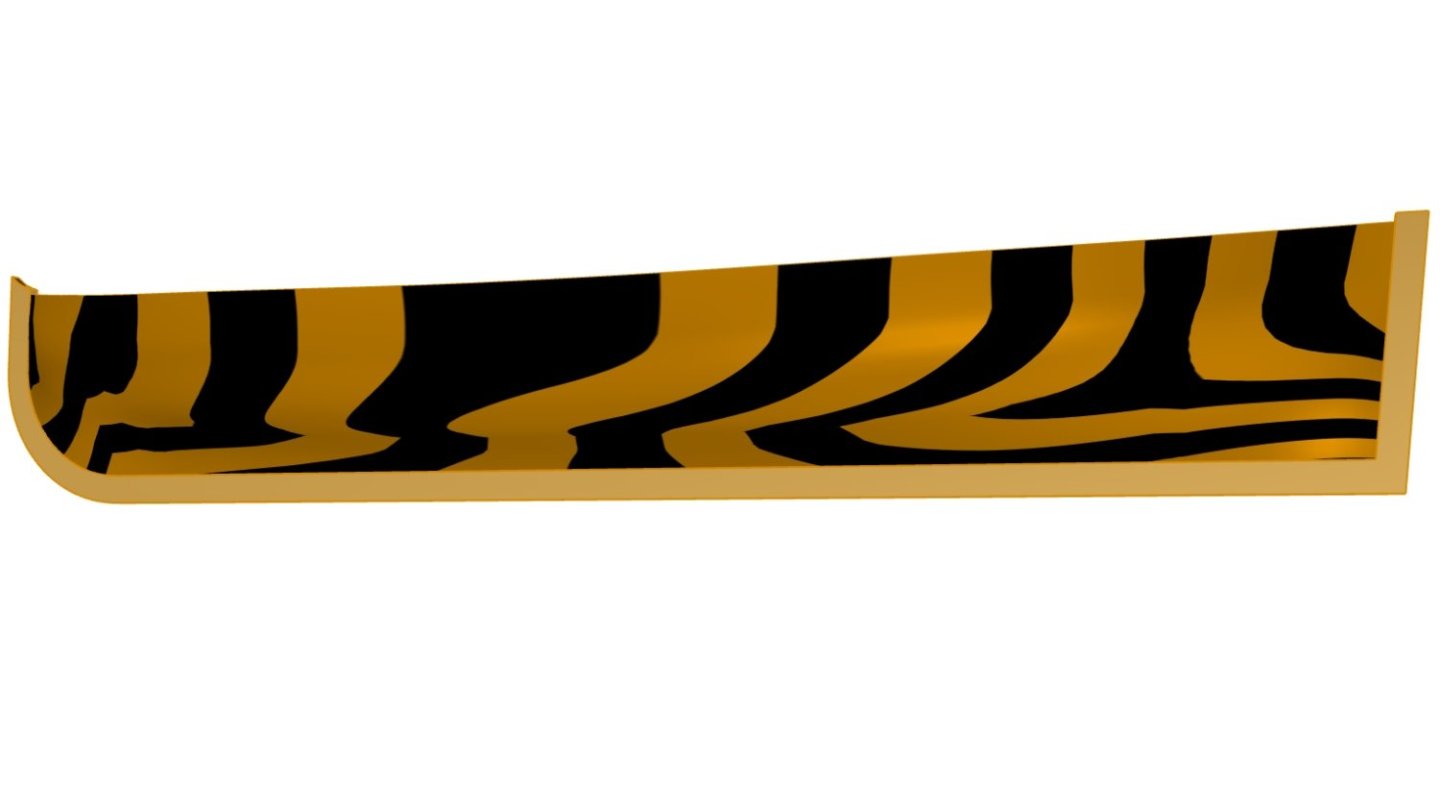-
Posts
986 -
Joined
Content Type
Profiles
Forums
Gallery
Events
Everything posted by Waldemar
-
.thumb.jpg.c6343966b029e7941df5b987d129aac6.jpg)
Redoing Oseberg
Waldemar replied to KrisWood's topic in CAD and 3D Modelling/Drafting Plans with Software
This is exactly what you have already done, and which can be seen in your post #14. -
.thumb.jpg.c6343966b029e7941df5b987d129aac6.jpg)
Redoing Oseberg
Waldemar replied to KrisWood's topic in CAD and 3D Modelling/Drafting Plans with Software
Depends on many factors which only you can anticipate. Say, the quality of the milling machine (like stiffness or repeatability) and the cutters themselves, the quality of your preparations and the actual work, like your ability to correctly program the CNC device, the right (or bad) setup of the part to be machined, the properties of the material to be milled (size, thickness, strength, stiffness) etc. The intricate shape of your keel (especially twisted surfaces) would probably require several passes of a cutter of quite small diameter, which would leave steps anyway. Still, if you feel you must try, go for it, at worst (or best) you will gain experience. -
.thumb.jpg.c6343966b029e7941df5b987d129aac6.jpg)
Redoing Oseberg
Waldemar replied to KrisWood's topic in CAD and 3D Modelling/Drafting Plans with Software
I think Scrubby has already explained it very convincingly, but to give you still an additional warning of what you will be dealing with, let me say that it is not only about the geometry, but also about the actual machining of such long, curved, tapered and slender parts: You will have to precisely position such parts on the flat table, you will have to hold them fast all along their length so that they do not bent under cutter pressure, you will have to change your cutters to different shapes, you will have to reposition your parts on the table to machine all sides, you will have to "zero" your different cutters each time you modify your setup. All of this you will have to do with a very tight repeatability to get just the acceptable results. This would be a nightmare even for very experienced machinist. -
.thumb.jpg.c6343966b029e7941df5b987d129aac6.jpg)
Redoing Oseberg
Waldemar replied to KrisWood's topic in CAD and 3D Modelling/Drafting Plans with Software
If you persist, they probably can. Yet, in this particular case, the level of complexity and effort required to do so would make it a hopelessly inefficient endeavour, and even more so for a one-off build. This is perhaps the last method I would consider.... Sorry. -
.thumb.jpg.c6343966b029e7941df5b987d129aac6.jpg)
Redoing Oseberg
Waldemar replied to KrisWood's topic in CAD and 3D Modelling/Drafting Plans with Software
One more technical detail: after creating the cutting surface (by lofting or by other means) it may be that it is shorter than required. Then simply you can make it longer by using the "extend surface" command. -
.thumb.jpg.c6343966b029e7941df5b987d129aac6.jpg)
Redoing Oseberg
Waldemar replied to KrisWood's topic in CAD and 3D Modelling/Drafting Plans with Software
Do you see? It's not space technology or brain surgery, just diligence is required.... 🙂 -
.thumb.jpg.c6343966b029e7941df5b987d129aac6.jpg)
Redoing Oseberg
Waldemar replied to KrisWood's topic in CAD and 3D Modelling/Drafting Plans with Software
I'm sure you can do it the right way, as it is in the original, especially since you've already put so much good work into your project. Sometimes I sacrifice a number of days for a trivial issues too. And remember to keep the uncut elements as backups. -
.thumb.jpg.c6343966b029e7941df5b987d129aac6.jpg)
Redoing Oseberg
Waldemar replied to KrisWood's topic in CAD and 3D Modelling/Drafting Plans with Software
Well, you say "weird", I say "beautiful" 🙂 -
.thumb.jpg.c6343966b029e7941df5b987d129aac6.jpg)
Redoing Oseberg
Waldemar replied to KrisWood's topic in CAD and 3D Modelling/Drafting Plans with Software
I should add that closed polysurfaces (solids) are needed for Boolean operations. If your parts are open, you need to use the simple "split" or "trim" commands. -
.thumb.jpg.c6343966b029e7941df5b987d129aac6.jpg)
Redoing Oseberg
Waldemar replied to KrisWood's topic in CAD and 3D Modelling/Drafting Plans with Software
You can make it straight, i.e. vertical in this case, or if you a pedant like me make another curve at the bottom at its correct place and then make cutting surface by lofting these two curves. There are other methods possible, however, depending on the specific needs and possibilities. -
.thumb.jpg.c6343966b029e7941df5b987d129aac6.jpg)
Redoing Oseberg
Waldemar replied to KrisWood's topic in CAD and 3D Modelling/Drafting Plans with Software
By following the advice of Mark and Terry, you can safely quote even very large parts of a cited work. Is that what you are asking? If so, divide larger pieces only as the last step in designing the entire model/vessel, if at all. Another strategy is to keep the uncut pieces as a safety copy. -
🙂 Out of sheer curiosity – please don't forget to show the result. And one more potentially useful advice: the whole-moulding method is both proven and universal in its field of application, nevertheless a slight, professional fairing touch at the hull ends is sometimes required, just as in the real shipbuilding practice.
-
That's right Kevin, just two moulds are used for shaping the whole hull. Or, this is how this boat of extremely simple, symmetrical shape was reverse-engineered by the most simple variant of the whole-moulding method (sufficient in most cases): – original plan was checked and the worst distortions corrected (it sports quite many other errors anyway, although unimportant already), – base lines were defined (keel, posts, stations etc.), – shape of the main frame was reconstructed by two tangential arcs and a vertical line (outside the planking; also shown in the sketch), – main frame "O" inside the planking was defined by offsetting the above curves by the planks' thickness (or so), – just two moulds were defined in the process: the main mould (red) and the hollow mould (green); their names differ depending on the sources; hollow mould is just an arc of constant radius, sufficient in this case, but often/sometimes other curves were used, like parabola, hyperbola etc., – the attached drawing is self-explanatory on how to derive the other station sections (frame "1" omitted for clarity), – normally, (narrowing and rising) floor curve should be employed for offsetting the main mould in order to get other station sections, but in this instance the sheer line (or greatest breadth) had to be used instead (the period craftsmen would had to do the same upon receiving this draught). Good luck with your designs
-
Among the many modern works that explain in a visually appealing and clear (step-by-step) manner the principle of the essentially non-graphical whole-moulding method is the chapter of a larger work: Capturing the Curve. Underlying Concepts in the Design of the Hull by Taras Pevny. Please take a look at pages 187–190. The paper was found in the public domain and I suppose it can also be uploaded here. Pevny Taras - Capturing the Curve. Underlying Concepts in the Design of the Hull - 2017.pdf
-
The ship models designed by kit manufacturers are perhaps too often too much stylized (to not say too much again 🙂), but miraculously your fine workmanship makes them all lovely works of art.
- 20 replies
-
- finished
- deagostini
-
(and 2 more)
Tagged with:
About us
Modelshipworld - Advancing Ship Modeling through Research
SSL Secured
Your security is important for us so this Website is SSL-Secured
NRG Mailing Address
Nautical Research Guild
237 South Lincoln Street
Westmont IL, 60559-1917
Model Ship World ® and the MSW logo are Registered Trademarks, and belong to the Nautical Research Guild (United States Patent and Trademark Office: No. 6,929,264 & No. 6,929,274, registered Dec. 20, 2022)
Helpful Links
About the NRG
If you enjoy building ship models that are historically accurate as well as beautiful, then The Nautical Research Guild (NRG) is just right for you.
The Guild is a non-profit educational organization whose mission is to “Advance Ship Modeling Through Research”. We provide support to our members in their efforts to raise the quality of their model ships.
The Nautical Research Guild has published our world-renowned quarterly magazine, The Nautical Research Journal, since 1955. The pages of the Journal are full of articles by accomplished ship modelers who show you how they create those exquisite details on their models, and by maritime historians who show you the correct details to build. The Journal is available in both print and digital editions. Go to the NRG web site (www.thenrg.org) to download a complimentary digital copy of the Journal. The NRG also publishes plan sets, books and compilations of back issues of the Journal and the former Ships in Scale and Model Ship Builder magazines.



